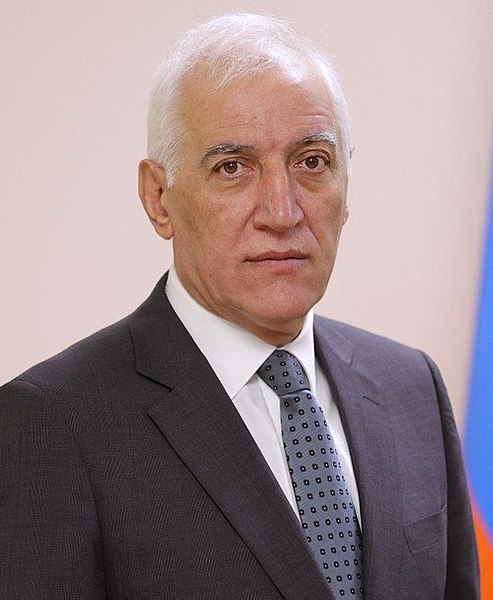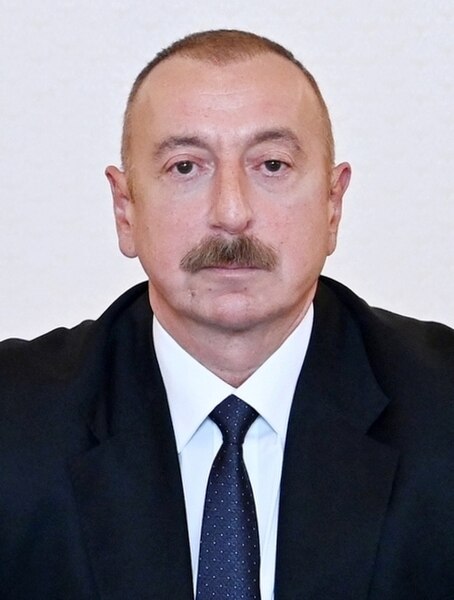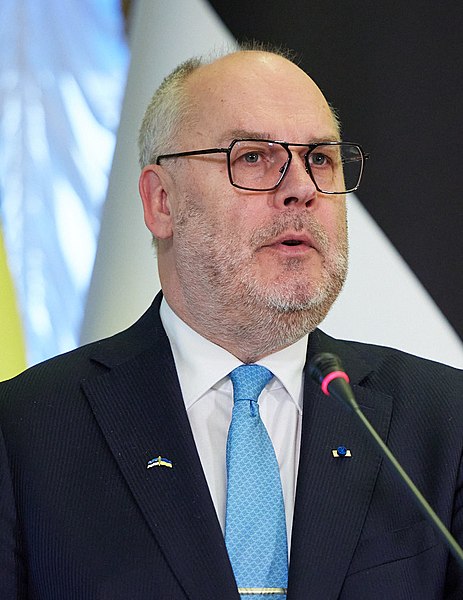Russian-occupied territories
Since the dissolution of the Soviet Union in 1991, Russia has been involved in territorial disputes with a number of other post-Soviet states. These disputes are primarily an aspect of the post-Soviet conflicts, and have led to some countries losing parts of their sovereign territory to what a large portion of the international community designates as a Russian military occupation. As such, these lands are commonly described as Russian-occupied territories, regardless of what their status is in Russian law. The term is applied to Georgia, Moldova, and Ukraine.
Transnistrian forces during the Battle of Bender in June 1992
Russian BMP-2 from the 58th Army in South Ossetia
Russian president Vladimir Putin signing the treaty of the Annexation of Crimea by the Russian Federation with Crimean leaders.
The post-Soviet states, also referred to as the former Soviet Union (FSU) or the former Soviet republics, are the independent sovereign states that emerged/re-emerged from the dissolution of the Soviet Union in 1991. Prior to their independence, they existed as Union Republics, which were the top-level constituents of the Soviet Union. There are 15 post-Soviet states in total: Armenia, Azerbaijan, Belarus, Estonia, Georgia, Kazakhstan, Kyrgyzstan, Latvia, Lithuania, Moldova, Russia, Tajikistan, Turkmenistan, Ukraine, and Uzbekistan. Each of these countries succeeded their respective Union Republics: the Armenian SSR, the Azerbaijan SSR, the Byelorussian SSR, the Estonian SSR, the Georgian SSR, the Kazakh SSR, the Kirghiz SSR, the Latvian SSR, the Lithuanian SSR, the Moldavian SSR, the Russian SFSR, the Tajik SSR, the Turkmen SSR, the Ukrainian SSR, and the Uzbek SSR. In Russia, the term "near abroad" is sometimes used to refer to the post-Soviet states other than Russia.

Image: Vahagn Khachaturyan portrait (cropped)
Image: Ilham Aliyev 2020 (cropped)
Image: Lukashenko (October 2019) (cropped)
Image: Volodymyr Zelenskyy met with Estonian President Karis in Kyiv 2022 (13) (cropped)







